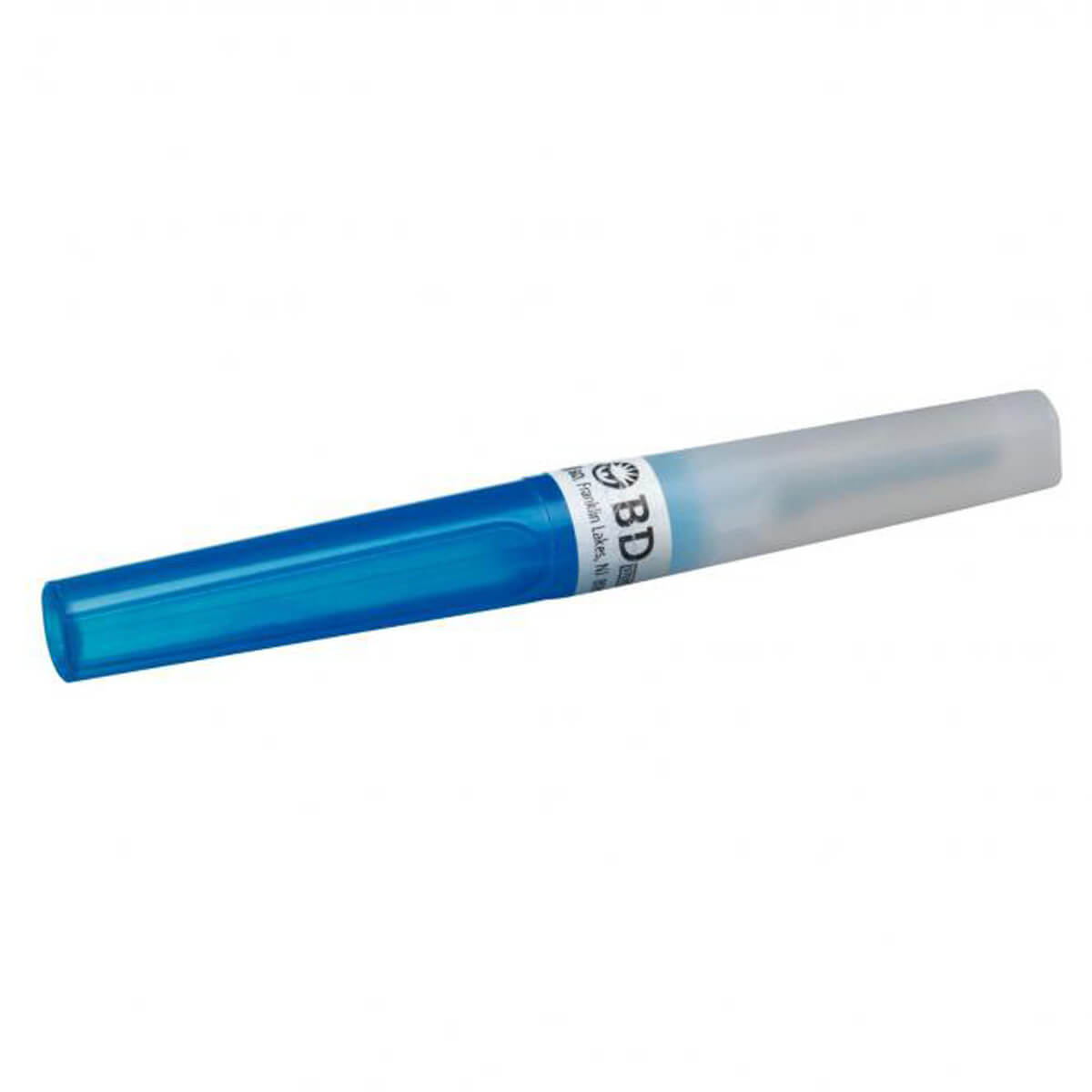

Articles
What Is A Luer Adapter
Modified: December 7, 2023
Discover the benefits of using luer adapters in medical articles. Explore how luer adapters enhance fluid transfer and ensure compatibility for various medical devices.
(Many of the links in this article redirect to a specific reviewed product. Your purchase of these products through affiliate links helps to generate commission for Storables.com, at no extra cost. Learn more)
Introduction
In the medical field, precision and compatibility are of utmost importance. When it comes to fluid transfer and connection systems, one essential component is the Luer adapter. Luer adapters play a crucial role in ensuring seamless and secure connections between various medical devices, such as syringes, catheters, and infusion sets.
In this article, we will delve into the world of Luer adapters, exploring their functionality, types, applications, advantages, and considerations for choosing the right one for your needs. Whether you are a healthcare professional or simply curious about medical equipment, this article will provide you with valuable insights into the world of Luer adapters.
So, let’s dive in and unravel the mysteries of Luer adapters and their significance in the medical industry.
Key Takeaways:
- Luer adapters are essential in the medical field, providing secure and standardized connections between devices. Their versatility, ease of use, and cost-effectiveness make them indispensable for fluid transfer and sampling procedures.
- When choosing Luer adapters, consider factors such as connection type, size, material, application-specific features, quality, and manufacturer reputation. Proper maintenance and care are crucial for ensuring optimal performance and safety.
Read more: What Is An Adapter
Understanding Luer Adapters
Luer adapters are small, cylindrical fittings designed to connect medical devices that utilize Luer lock or Luer slip connections. These adapters are typically made of lightweight and durable materials such as plastic or stainless steel and feature threaded or friction-based connections.
Luer adapters are essential components in medical and laboratory settings, enabling seamless and secure connections between devices that require fluid transfer or sampling. They provide a standardized interface, ensuring compatibility between different medical devices and simplifying the clinical workflow.
There are two main types of Luer adapters: Luer slip and Luer lock. Luer slip adapters feature a tapered cone that allows for a friction-based connection. In contrast, Luer lock adapters have a threaded connection mechanism that offers enhanced security and prevents accidental disconnections. Both types ensure a tight seal and prevent leakage during fluid transfer or sampling procedures.
These adapters come in various sizes and configurations to accommodate different applications and medical devices. The most common sizes are Luer connectors, which have a 6% taper and are standardized according to ISO standards.
Now that we have a basic understanding of what Luer adapters are let’s explore the different types of Luer adapters available in the market.
Common Types of Luer Adapters
Luer adapters come in a wide range of configurations to meet the specific needs of different medical devices and procedures. Here are some of the common types of Luer adapters:
- Luer Slip to Luer Lock Adapter: This type of adapter allows for converting a Luer slip connection to a Luer lock connection. It provides the flexibility to connect devices with different types of Luer connections.
- Luer Lock to Luer Slip Adapter: Conversely, this adapter converts a Luer lock connection to a Luer slip connection. It enables compatibility between devices that have different connection types.
- Male Luer to Female Luer Adapter: This type of adapter connects two devices with female Luer connectors. It is commonly used to extend the length of a fluid transfer system or to connect devices together.
- Male Luer to Male Luer Adapter: This adapter allows for connecting two devices with male Luer connectors. It is useful for extending the length of a fluid transfer system or creating a custom configuration.
- Luer Cap: A Luer cap is a protective cover that fits over a Luer connector to prevent contamination and ensure the integrity of the connection. It is commonly used during storage or transport of medical devices.
These are just a few examples of the common types of Luer adapters available. There are many other specialized adapters designed for specific applications, such as stopcocks, three-way adapters, and Y-connectors.
Now that we are familiar with the different types of Luer adapters, let’s explore how they work to ensure secure and leak-proof connections.
How Luer Adapters Work
Luer adapters are designed to facilitate the connection between medical devices with Luer connections, ensuring a secure and leak-proof fit. The precise functionality of Luer adapters depends on their type and configuration.
In the case of Luer slip adapters, the tapered cone of the male Luer slip fits into the female Luer slip, creating a friction-based connection. This friction prevents accidental disconnections and ensures a stable connection during fluid transfer or sampling procedures.
Luer lock adapters, on the other hand, utilize a threaded connection mechanism for enhanced security. The male Luer lock features external threads, while the female Luer lock has matching internal threads. To connect the devices, the male Luer lock is inserted into the female Luer lock and rotated until the threads engage, creating a tight and reliable connection.
Regardless of the type of Luer adapter, it is essential to ensure proper alignment and gentle pressure during the connection process. This helps to prevent misalignment and minimize the risk of leaks or disconnections.
It is worth noting that Luer adapters are designed to withstand pressure and provide a reliable seal. However, they should not be used in applications that require high-pressure or high-flow rates, as they are not specifically designed for such purposes. In such cases, specialized connectors and systems should be utilized to ensure patient safety and optimal performance.
Now that we have learned how Luer adapters work, let’s explore the wide range of applications they find in the medical field.
Applications of Luer Adapters
Luer adapters are versatile components that find applications in various medical and laboratory settings. Their ability to provide a secure and standardized connection between medical devices makes them indispensable in the following areas:
- Medical Device Connections: Luer adapters are commonly used in connecting syringes, catheters, and infusion sets. They ensure a secure and leak-proof connection, facilitating the delivery of fluids, medications, and contrast agents during medical procedures.
- Laboratory Sampling: Luer adapters play a crucial role in laboratory settings, facilitating the collection of samples for analysis. They enable the connection between collection devices, such as pipettes or syringes, and sample containers, allowing for precise and efficient sampling.
- Fluid Transfer Systems: Luer adapters are essential components in fluid transfer systems, enabling the connection between different tubing sets, stopcocks, and other fluid management components. They ensure the smooth and reliable flow of liquids in applications such as dialysis, blood transfusion, and irrigation systems.
- Medical Imaging: Luer adapters are also used in medical imaging procedures, particularly in the administration of contrast agents. They facilitate the connection between the contrast medium injector and the patient’s intravenous line, ensuring accurate and controlled delivery of the contrast agent during imaging studies such as CT scans or angiography.
- Research and Development: Luer adapters find applications in research and development laboratories, enabling the connection between various devices and systems for experimentation and testing. They allow for the fluid transfer, mixing, and sampling necessary for scientific investigations.
These are just a few examples of the broad range of applications in which Luer adapters are utilized. Their versatility and standardized design make them a crucial component in ensuring the safe and efficient delivery, sampling, and transfer of fluids in both medical and laboratory settings.
Now that we understand the wide range of applications for Luer adapters, let’s consider the advantages and disadvantages associated with their use.
Read more: What Is A Lug Adapter
Advantages and Disadvantages of Luer Adapters
Luer adapters offer several advantages in medical and laboratory settings, but they also come with a few limitations. Let’s explore the advantages and disadvantages of using Luer adapters:
Advantages:
- Compatibility: Luer adapters provide a standardized interface, ensuring compatibility between different medical devices and systems. This allows for seamless connections and interoperability.
- Secure Connection: Luer adapters, particularly Luer lock adapters, offer a secure and leak-proof connection. They prevent accidental disconnections and minimize the risk of fluid leakage during procedures.
- Ease of Use: Luer adapters are easy to connect and disconnect, requiring minimal force or tools. This makes them convenient for healthcare professionals and technicians to use in various clinical settings.
- Versatility: Luer adapters come in various types and configurations to accommodate different applications and medical devices. This versatility allows for flexibility in designing fluid transfer systems and connecting devices.
- Cost-Effective: Luer adapters are generally affordable and readily available. Their widespread use and standardization contribute to their cost-effectiveness.
Disadvantages:
- Limitations in High-Pressure Applications: Luer adapters are not suitable for high-pressure or high-flow applications. They may not withstand the pressure or provide the necessary flow rates required in certain medical procedures.
- Potential for Misconnections: Despite the standardized design, there is still a risk of misconnections between devices with similar but incompatible Luer connections. Healthcare professionals must exercise caution and ensure proper alignment and connection.
- Single-Use Recommendation: Luer adapters are often recommended for single-use to minimize the risk of contamination and maintain the integrity of the connection. Repeated use may compromise the correctness and tightness of the connection.
- Size Compatibility: While Luer adapters are generally standardized, there may be variations in size tolerances between different manufacturers. It is essential to ensure compatibility between different brands and designs.
Despite these limitations, the advantages of Luer adapters outweigh the disadvantages in most healthcare and laboratory settings. With proper usage and adherence to recommended practices, Luer adapters can effectively and safely connect medical devices and facilitate fluid transfer procedures.
Now that we are aware of the advantages and disadvantages of Luer adapters, let’s consider the factors to consider when choosing the right Luer adapter for your needs.
Choosing the Right Luer Adapter
When selecting a Luer adapter for your specific application, several factors should be considered to ensure compatibility, functionality, and safety. Here are some key factors to consider when choosing the right Luer adapter:
Read more: What Is Network Adapter
1. Connection Type
Determine whether you require a Luer slip or Luer lock connection. Consider the specific medical devices or systems you need to connect and ensure that the adapter matches the required connection type.
2. Size
Check the size compatibility of the Luer adapter with the devices you plan to connect. Ensure that the adapter has the appropriate taper (such as 6% Luer taper) according to the ISO standards and matches the size of the Luer connectors on your devices.
3. Material
Consider the material of the Luer adapter based on your application. Plastic adapters are common and cost-effective, suitable for most medical procedures. However, if you require enhanced durability or compatibility with harsh chemicals, stainless steel adapters may be a better choice.
4. Application-Specific Features
Some Luer adapters come with additional features tailored to specific applications. For example, if you are working with high-pressure systems, select an adapter that is specifically designed for such applications. If you need to prevent contamination, choose an adapter with a Luer cap or other protective features.
Read more: What Is An Api Adapter
5. Quality and Certification
Ensure that the Luer adapter is of high quality and meets relevant industry standards. Look for certifications or conformity markings, such as ISO 80369, which ensure that the adapter has undergone rigorous testing and meets safety standards.
6. Manufacturer Reputation
Choose Luer adapters from reputable manufacturers known for their quality and reliability. Consider reading reviews and seeking recommendations from trusted sources to ensure you are selecting products from trusted suppliers.
By considering these factors, you can select the right Luer adapter that meets your specific needs and ensures a secure and reliable connection between your medical devices.
Now that we have discussed choosing the right Luer adapter, let’s consider the maintenance and care required to keep them in optimal condition.
Maintenance and Care of Luer Adapters
Proper maintenance and care of Luer adapters are essential to ensure their optimal performance, longevity, and safety. Here are some guidelines for maintaining and caring for Luer adapters:
1. Regular Inspection
Inspect the Luer adapters before each use. Check for any visible signs of damage, such as cracks, discoloration, or deformities. If any defects are found, replace the adapter immediately to prevent potential leaks or failures.
Read more: What Is A Male Adapter
2. Cleaning
Clean the Luer adapters thoroughly after each use to remove any residual fluids or contaminants. Follow the manufacturer’s guidelines for cleaning procedures, as different materials may require specific cleaning agents or methods. Ensure that the adapters are completely dry before storage or reuse.
3. Sterilization
If the Luer adapters need to be sterilized before use, make sure to follow the appropriate sterilization methods recommended by the manufacturer. This may include autoclaving, ethylene oxide sterilization, or other methods suitable for the material of the adapters.
4. Storage
Store the Luer adapters in a clean and dry environment to prevent contamination. Avoid direct sunlight, extreme temperatures, and exposure to chemicals that may degrade the material of the adapters.
5. Single-Use Recommendations
For optimal safety and performance, it is generally recommended to use Luer adapters as single-use devices. Repeated use may compromise the integrity of the connection and increase the risk of contamination or leaks. Discard and replace the adapters after each use, following the appropriate disposal guidelines.
Read more: What Is A Moca Adapter
6. Proper Handling
Handle the Luer adapters with care to avoid any unnecessary stress or damage. Avoid excessive twisting, bending, or pulling that may result in deformation or loosening of the connectors. Ensure proper alignment during the connection process to prevent misconnections that may compromise the integrity of the connection.
By following these maintenance and care practices, you can ensure that your Luer adapters are in optimal condition, ready for safe and reliable usage in medical procedures.
Now that we have discussed the maintenance and care of Luer adapters, let’s conclude our exploration of Luer adapters.
Conclusion
Luer adapters are vital components in the medical and laboratory fields, enabling secure and standardized connections between medical devices with Luer connections. They play a crucial role in facilitating fluid transfer, sampling, and device interconnectivity.
In this article, we have gained an understanding of what Luer adapters are and explored the different types available, such as Luer slip and Luer lock adapters. We have learned how Luer adapters work, ensuring a tight and leak-proof connection between devices.
Furthermore, we have seen the broad range of applications where Luer adapters are utilized, including medical device connections, laboratory sampling, fluid transfer systems, medical imaging, and research and development.
We have considered the advantages of Luer adapters, such as their compatibility, secure connection, ease of use, versatility, and cost-effectiveness. However, we are also aware of the limitations, such as their unsuitability for high-pressure applications and the potential for misconnections.
In choosing the right Luer adapter, we have examined factors like connection type, size, material, application-specific features, quality and certification, and the reputation of the manufacturer.
Maintenance and care are crucial for the optimal performance and safety of Luer adapters. Regular inspection, proper cleaning, sterilization (when applicable), suitable storage, adherence to single-use recommendations, and careful handling are essential practices to follow.
In conclusion, Luer adapters are indispensable components in the medical industry, enabling seamless and secure connections between medical devices. Their versatility, reliability, and standardized design make them essential for efficient and safe fluid transfer and device interconnectivity. By understanding the different types, applications, advantages, and considerations for selecting and maintaining Luer adapters, healthcare professionals and laboratory personnel can ensure the utmost precision and compatibility in their practice.
Frequently Asked Questions about What Is A Luer Adapter
Was this page helpful?
At Storables.com, we guarantee accurate and reliable information. Our content, validated by Expert Board Contributors, is crafted following stringent Editorial Policies. We're committed to providing you with well-researched, expert-backed insights for all your informational needs.
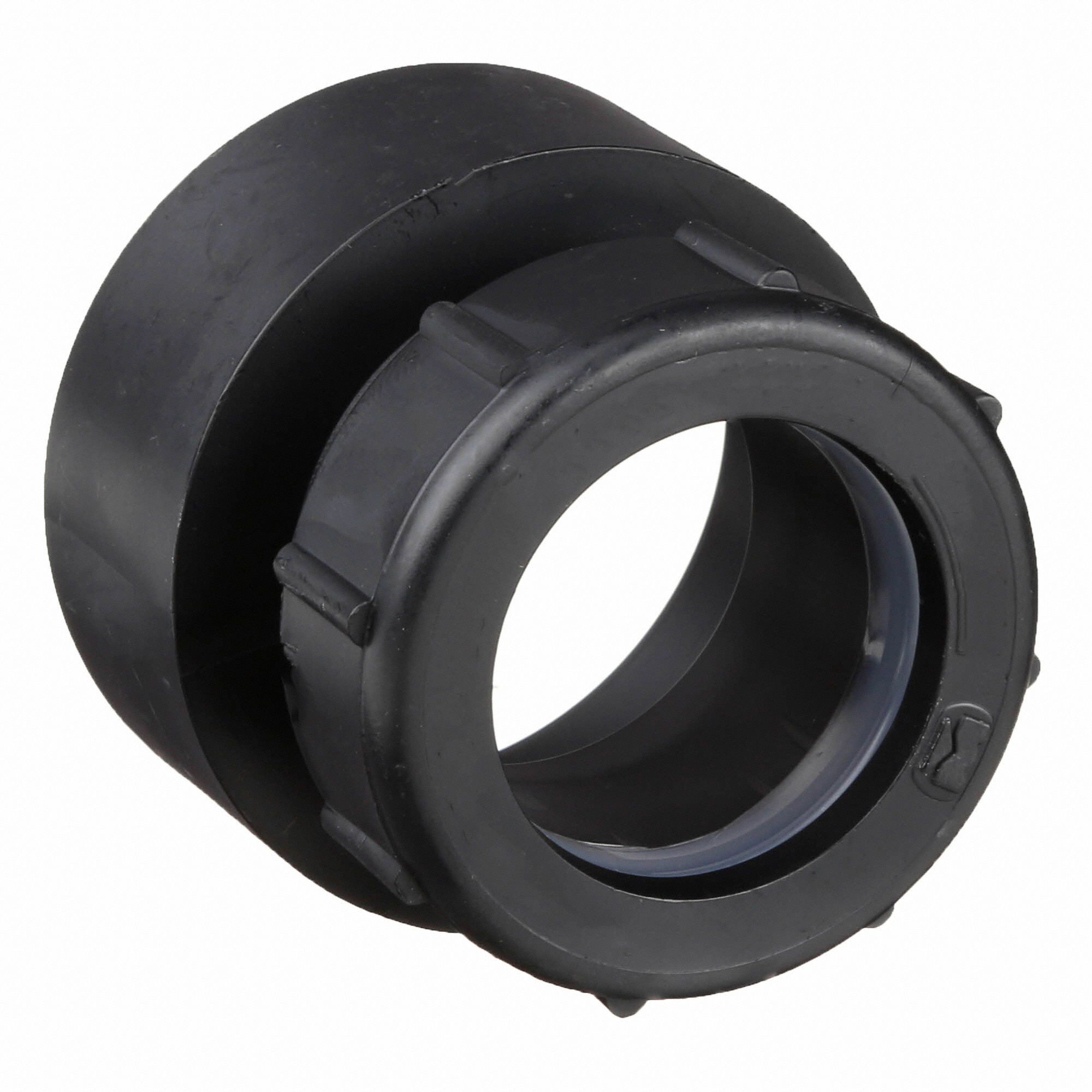
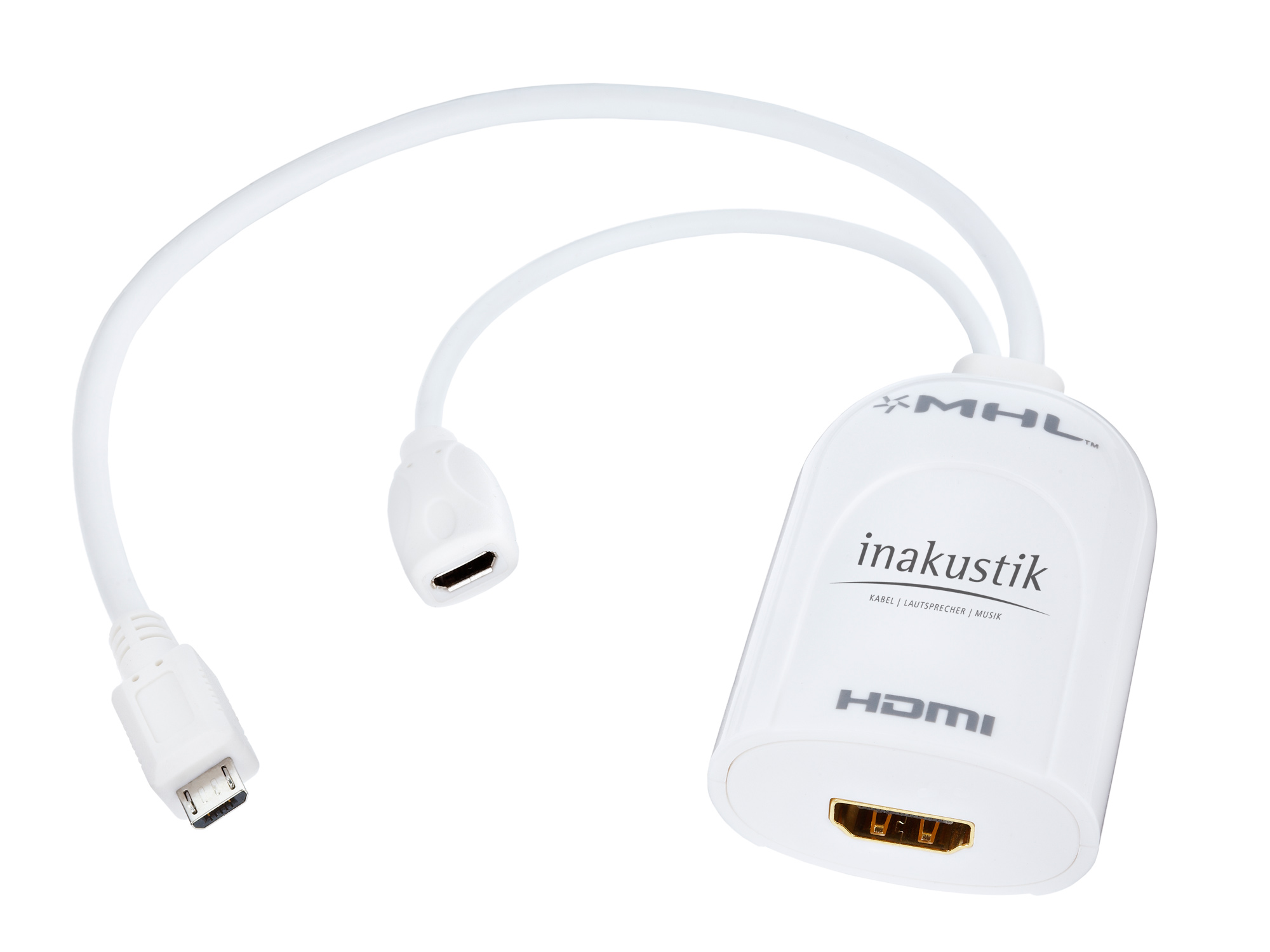
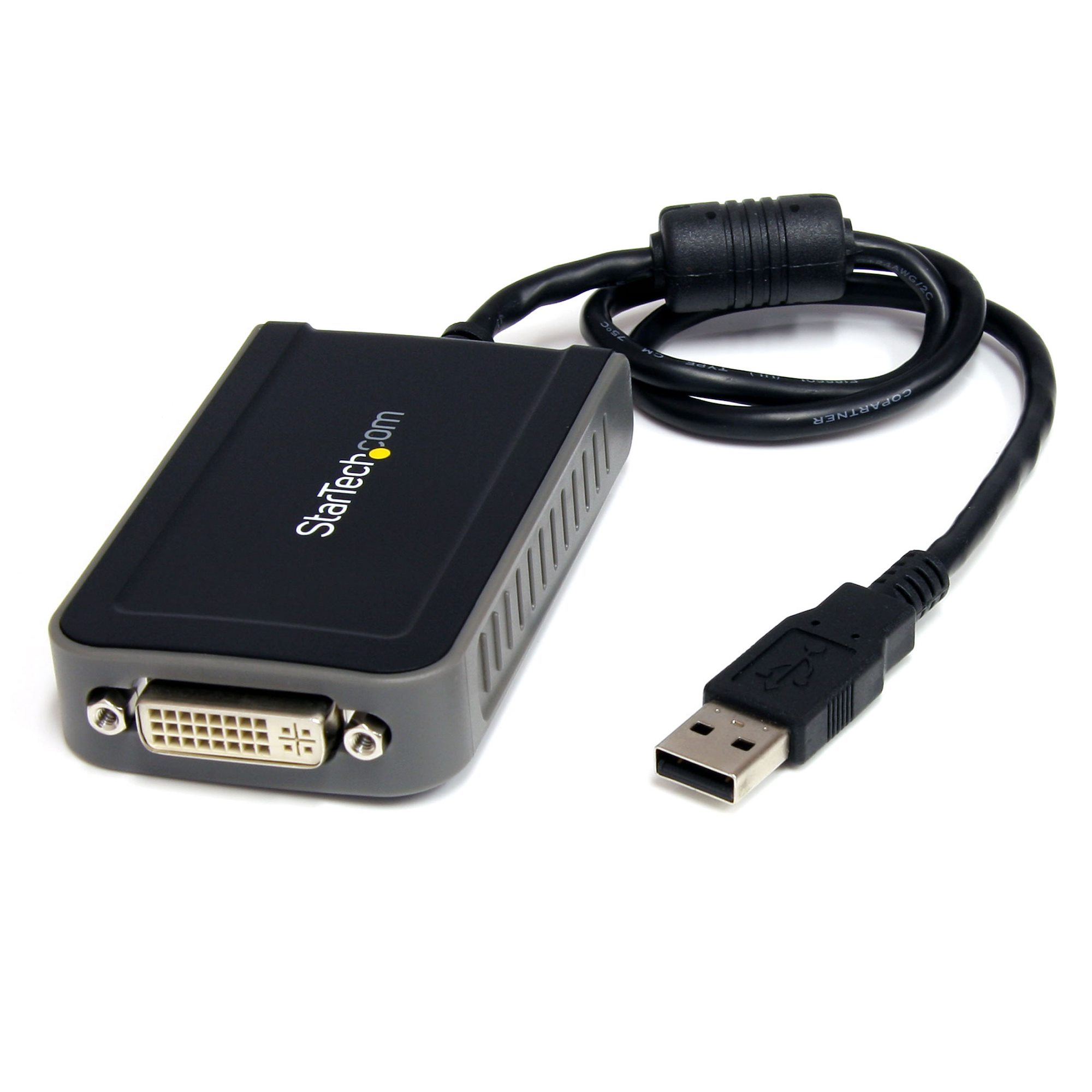
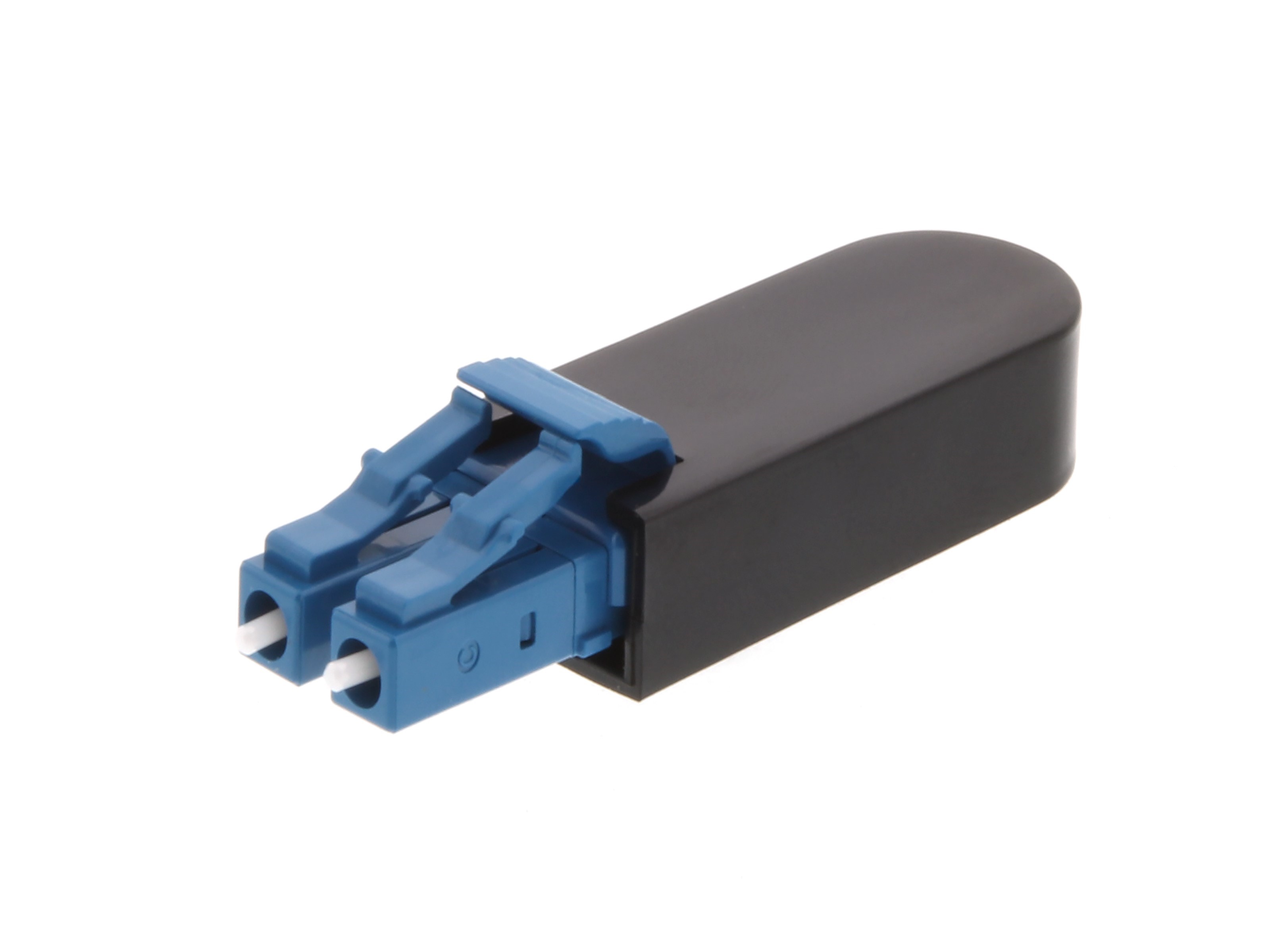
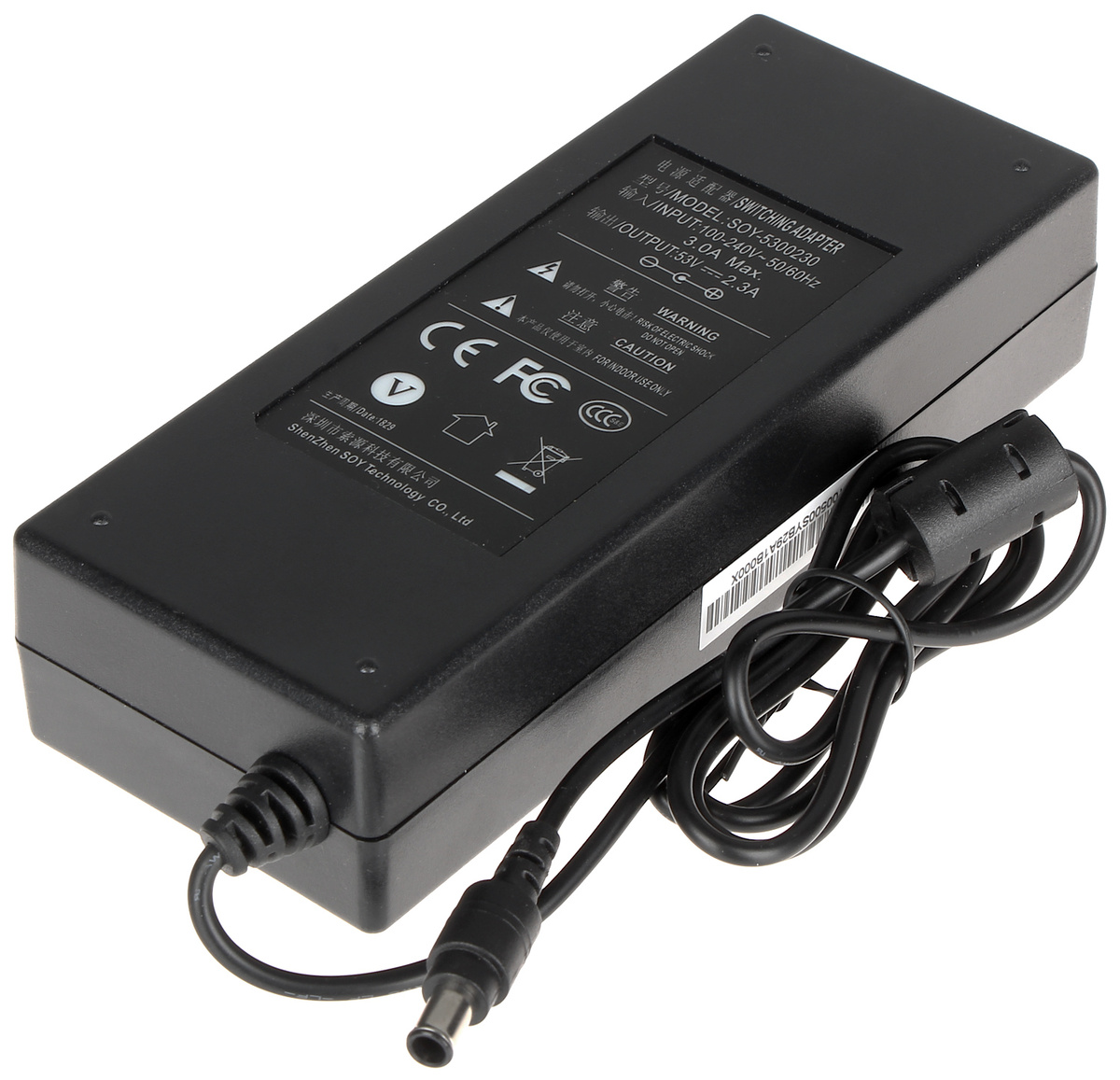
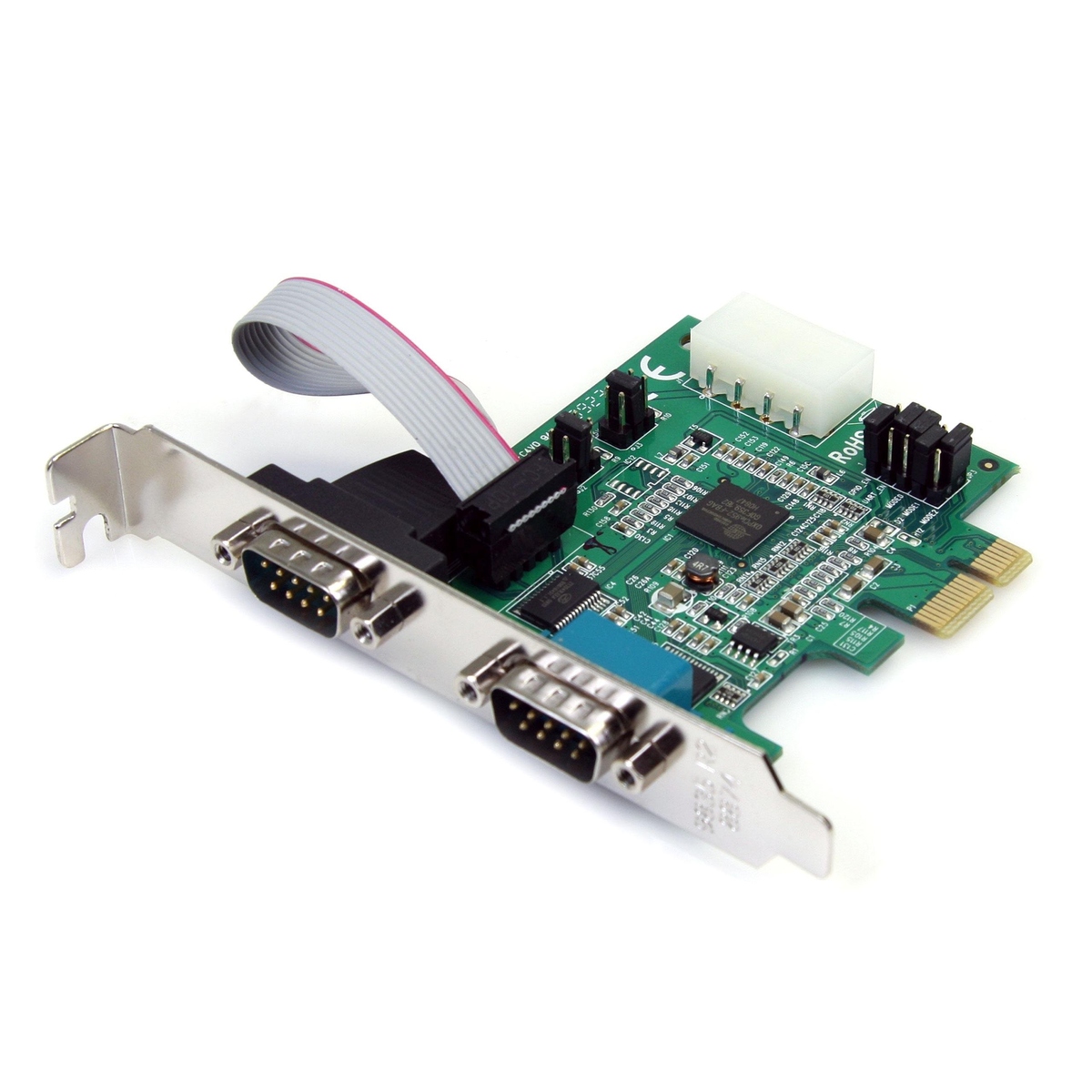
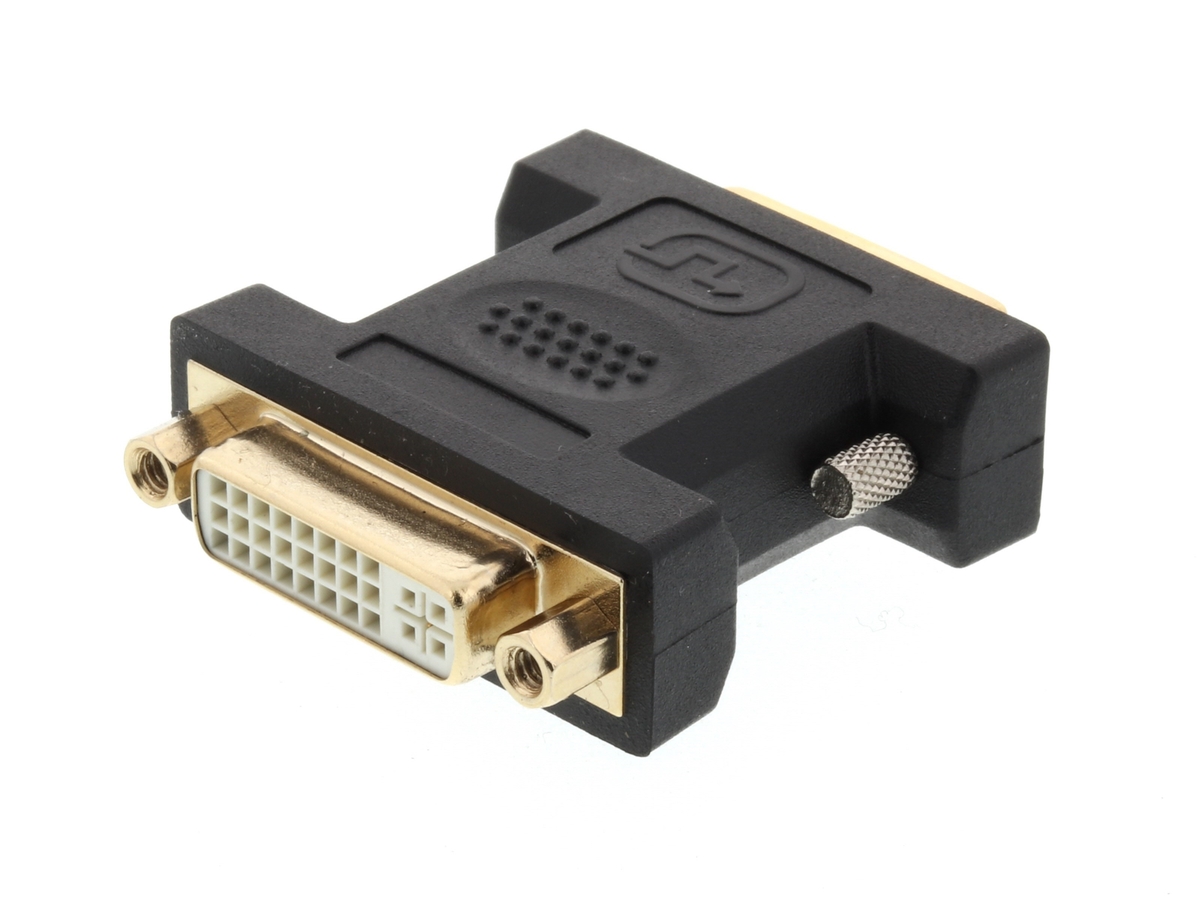
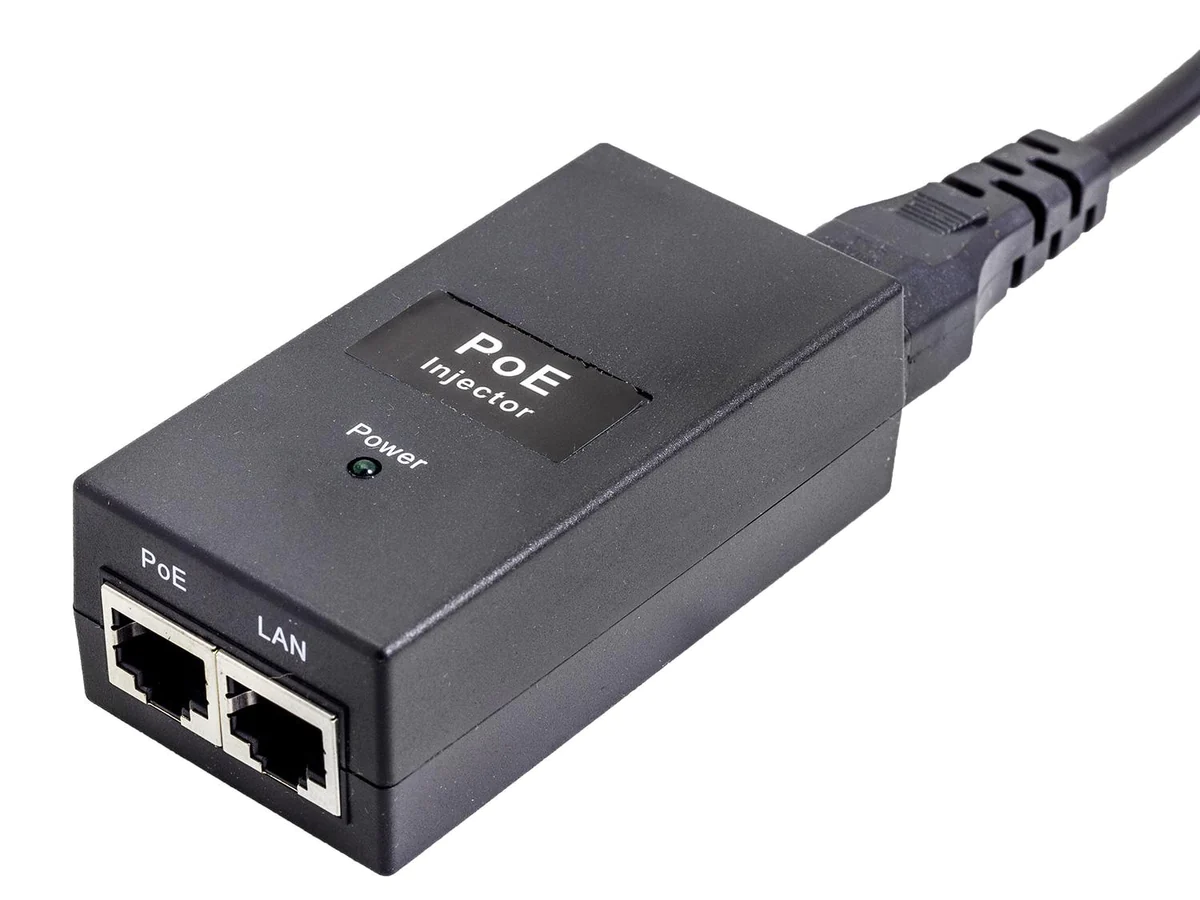
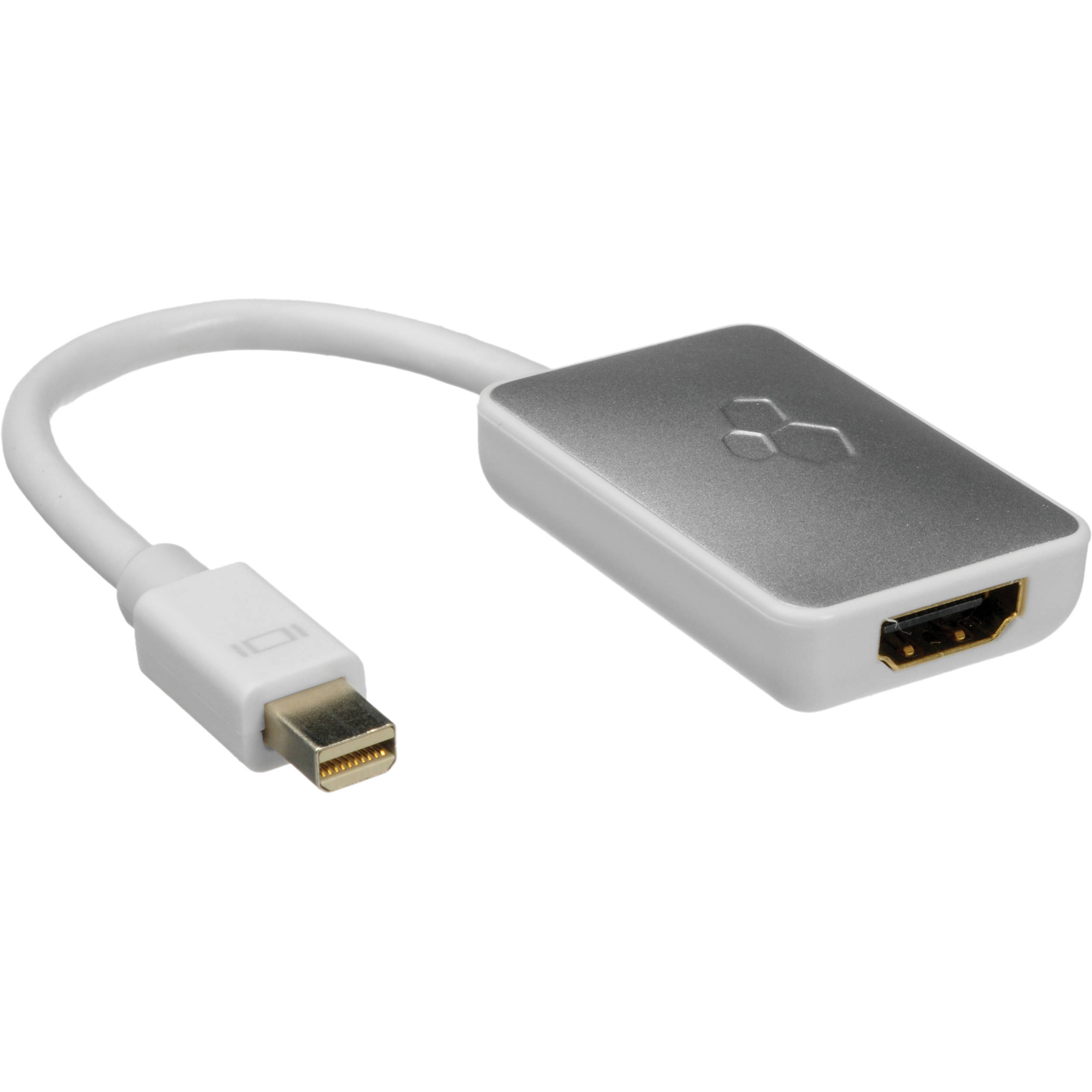
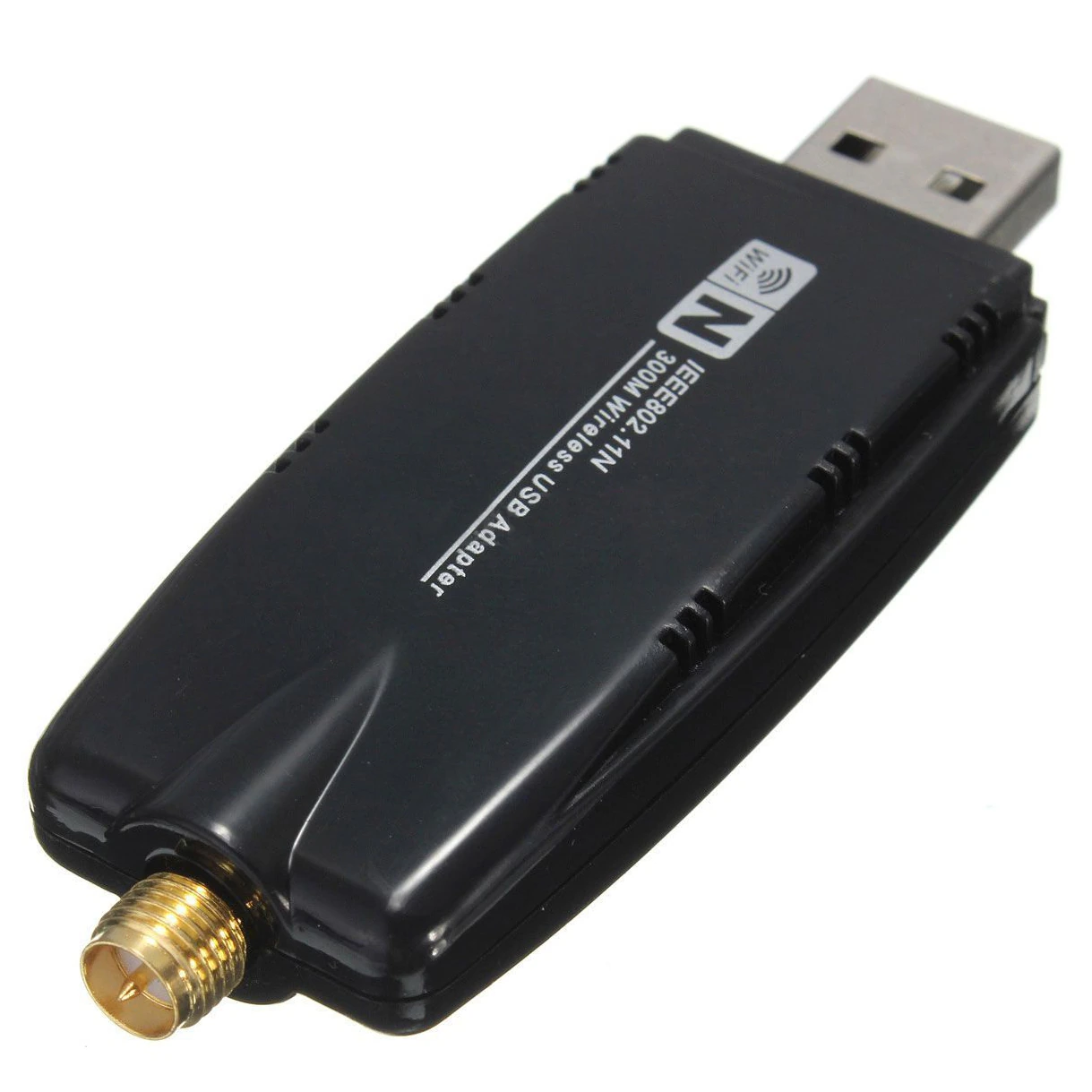

0 thoughts on “What Is A Luer Adapter”